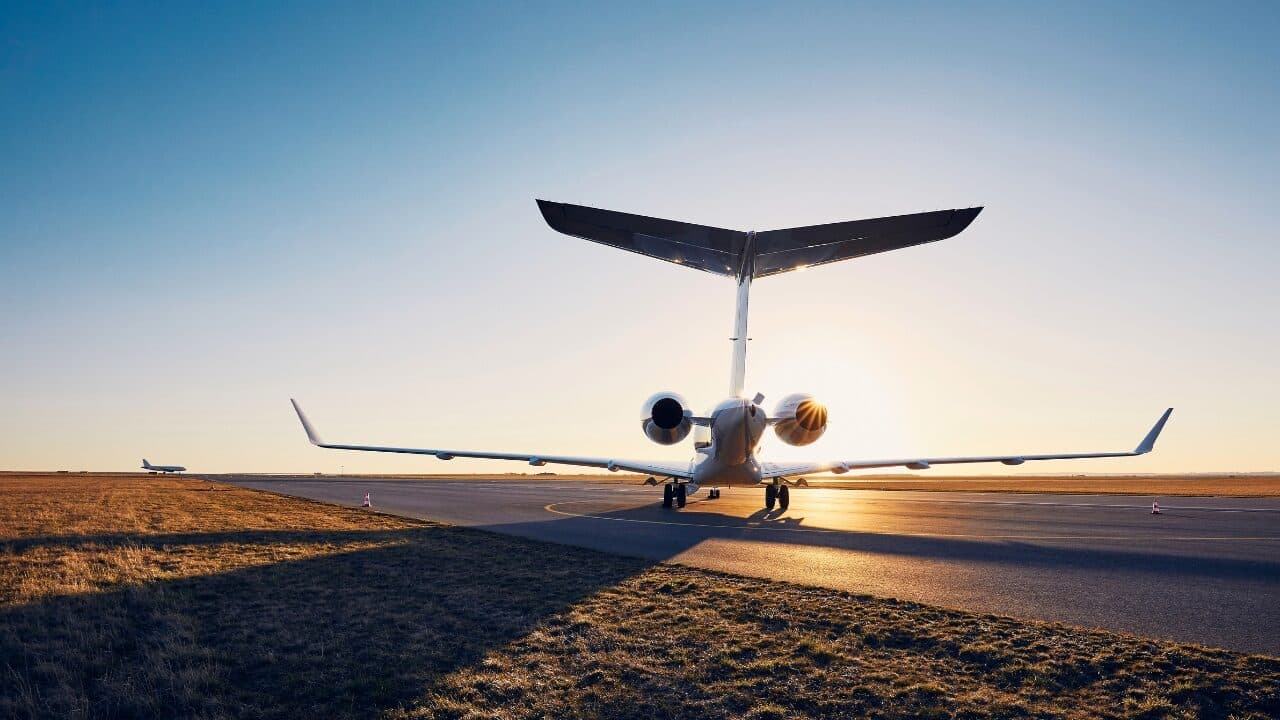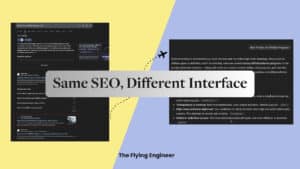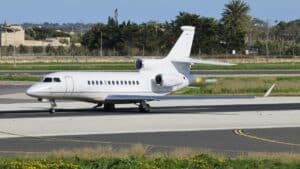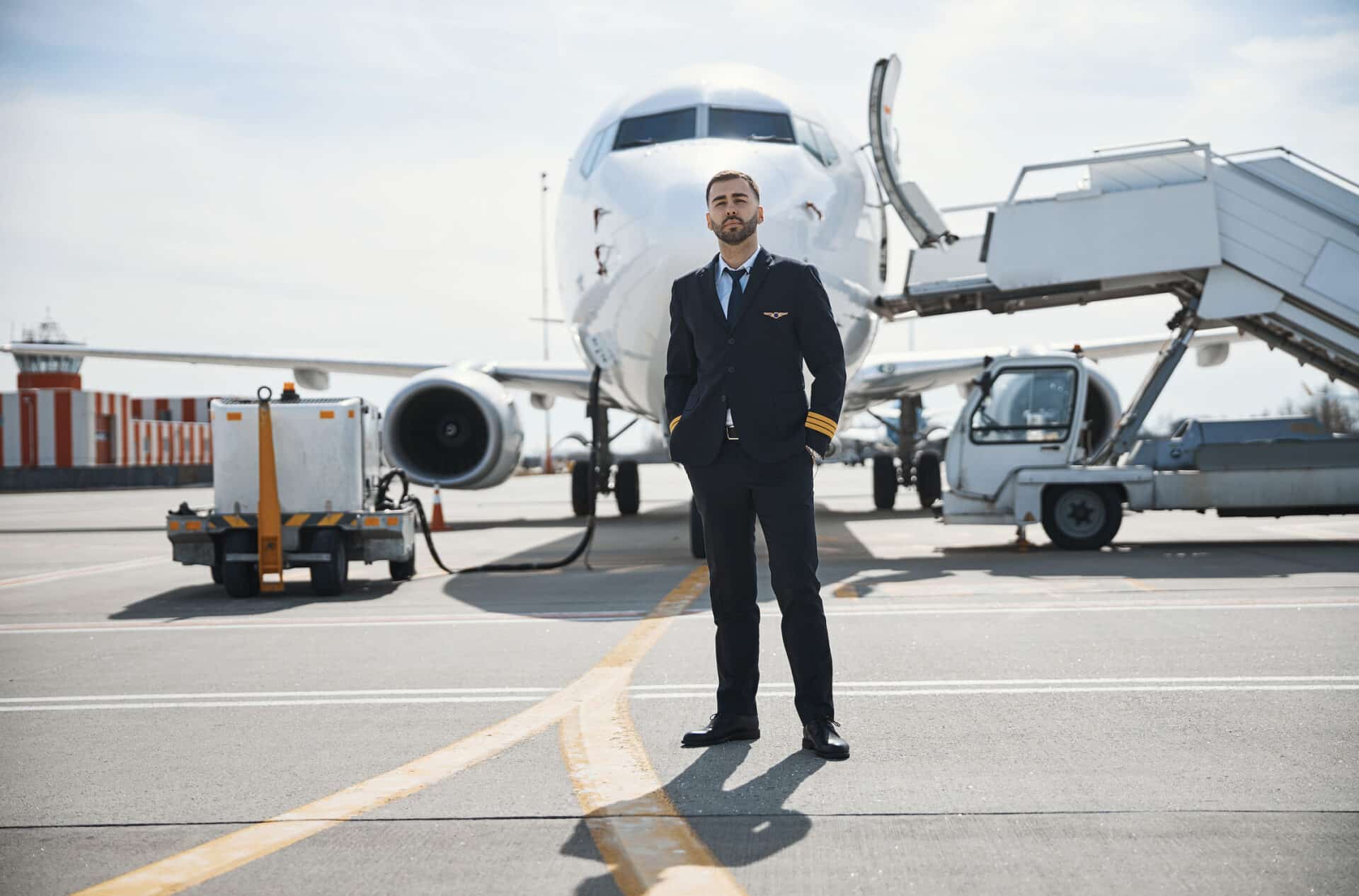Understanding Private Jet Speed
Private jets typically cruise at speeds between 500–600 mph (434–521 knots).
The fastest models reach approximately 700 mph (608 knots), operating at optimal altitude and conditions. Speed varies significantly by aircraft category, weight, and design specifications.
Light jets and very light jets often achieve higher speeds relative to their size due to reduced weight and aerodynamic efficiency. Larger heavy jets prioritize range and cabin comfort alongside competitive cruising speeds.
Aircraft category determines speed capabilities and operational characteristics. The table below illustrates typical performance across different jet classifications:
| Jet Category | Average Speed (MPH) | Range (NM) | Example Models |
|---|---|---|---|
| Very Light Jet | 450–480 | 1,200–1,400 | Embraer Phenom 100, Citation Mustang |
| Light Jet | 480–520 | 1,500–2,000 | Citation CJ3+, Learjet 75 |
| Midsize Jet | 500–550 | 2,000–3,500 | Citation XLS+, Hawker 800XP |
| Heavy / Long-Range Jet | 540–600+ | 6,000–7,500+ | Gulfstream G650, Bombardier Global 7500 |
Note: Actual cruising speeds depend on altitude, weight, and atmospheric conditions.
Performance specifications serve as guidelines rather than guarantees. Real-world speed varies with payload, fuel load, wind conditions, and routing requirements.
Why Private Jets Fly Faster

Several aerodynamic and operational factors contribute to private jet efficiency.
Reduced Payload & Lighter Weight
Private jets carry fewer passengers and less cargo than commercial aircraft. Lower total weight reduces drag, enabling higher speeds and improved fuel efficiency.
A typical private jet carries 6–16 passengers compared to 150–300 on commercial flights. This weight differential translates directly to performance advantages at cruising altitude.
Smaller Size & Higher Altitude
Private jets operate at 40,000–45,000 feet, often above commercial air traffic. Higher altitude provides thinner air with less resistance, allowing faster cruising speeds.
Smaller aircraft dimensions create less surface area exposed to air resistance. The combination of altitude and compact design optimizes speed-to-fuel-efficiency ratios.
Faster Ascent
Lighter aircraft climb more rapidly to optimal cruising altitudes. Private jets reach cruise altitude in 10–15 minutes compared to 20–30 minutes for commercial aircraft.
Quick ascent means more time spent at efficient cruising speeds. This advantage compounds on shorter routes where climb and descent phases consume proportionally more flight time.
Direct Routing
Private aviation benefits from flexible routing options unavailable to commercial carriers. Point-to-point flight paths eliminate the inefficient hub-and-spoke patterns commercial airlines follow.
Access to smaller airports near final destinations further reduces total travel time. Working with experienced aviation consulting teams ensures optimal routing for time-sensitive travel.
Comparing Private and Commercial Jet Speeds

Raw speed differences between private and commercial jets appear minimal.
Private jets average 480–600 mph while commercial jets cruise at 500–560 mph. Large commercial aircraft like the Boeing 787 reach speeds comparable to the fastest private jets.
However, overall travel time advantages come from factors beyond cruising speed. Private jet charter eliminates multiple time-consuming elements of commercial travel.
Boarding Efficiency
Private terminals process passengers in 15–20 minutes, compared with 60–90 minutes at commercial airports. No security lines, boarding calls, or gate waiting reduces pre-flight time dramatically.
Air Traffic Routing
Commercial flights navigate congested air corridors and holding patterns near major airports. Private jets skip these delays through flexible routing and access to less-congested airspace.
Regional Travel Advantages
Short routes like London to Geneva or Los Angeles to Aspen demonstrate clear time savings. Direct private flights complete these journeys in 1.5–2 hours total compared to 4–6 hours via commercial connections.
The ability to land closer to final destinations eliminates ground transfer time. Integration with premium chauffeur services creates seamless door-to-door experiences.
Weather and Environmental Effects

Atmospheric conditions significantly influence flight speed and performance.
Tailwinds vs Headwinds
Wind patterns at cruising altitude affect ground speed substantially. Strong tailwinds can increase speed by 50–100 mph, while headwinds create the opposite effect.
Transatlantic flights from North America to Europe typically benefit from westerly jet stream tailwinds. These conditions can reduce flight times by 30–60 minutes compared to eastbound return journeys.
Temperature Effects
Hot air reduces lift efficiency, requiring longer takeoff distances and affecting climb rates. Cold air increases air density, improving engine performance but potentially introducing icing concerns.
Pilots adjust cruising altitude and speed based on temperature gradients. Modern flight management systems automatically optimize for current conditions.
Storm Systems
Severe weather requires routing adjustments for safety. Private jets handle diversions more efficiently than commercial aircraft due to greater airport access and flexible scheduling.
Advanced avionics and weather radar systems allow pilots to identify optimal paths. Real-time weather monitoring minimizes delays while maintaining safety standards.
Time Efficiency Beyond Speed
Private aviation’s time advantages extend well beyond airborne speed.
Private Terminals (FBOs)
Fixed Base Operators provide dedicated private aviation facilities. Passengers arrive 15–20 minutes before departure rather than the 60–90 minutes commercial travel requires.
Check-in involves simple identity verification without security theater. Direct aircraft access eliminates gate waiting and boarding delays.
Flexible Scheduling
Flights operate on passenger schedules rather than airline timetables. Departure adjustments for meetings, delays, or changes happen in minutes rather than days.
This flexibility proves invaluable for business executives managing tight schedules across multiple cities. Time-sensitive cargo operations also benefit through specialized air cargo services using similar principles.
Closer Airports
Access to smaller regional airports places passengers nearer their destinations. While commercial flights serve major hubs, private jets utilize thousands of additional airfields.
This capability eliminates lengthy ground transfers from large airports to final destinations. Combined with coordinated ground transportation, total trip time decreases substantially.
Custom Ground Transport
Seamless integration with premium ground services completes the efficiency equation. Coordinating with luxury chauffeur services in London and other cities eliminates waiting and connection delays.
Door-to-door timing becomes predictable and controllable. Entire journey planning rather than just flight booking creates maximum time savings.
The Fastest Private Jets in the World

Several aircraft models push the boundaries of private aviation speed.
Cessna Citation X+
Maximum cruise speed reaches Mach 0.935 (approximately 717 mph). The Citation X+ held the fastest civilian aircraft title for years, combining speed with transcontinental range.
Gulfstream G700
Cruising at Mach 0.925 (approximately 710 mph), the G700 balances speed with luxury. Ultra-long-range capabilities enable non-stop flights between virtually any two cities globally.
Bombardier Global 8000
Designed for Mach 0.94 (approximately 721 mph) maximum cruise speed. The Global 8000 represents current pinnacle performance in speed and range combination.
These flagship models demonstrate that high-speed capability pairs with exceptional range. Transatlantic and transpacific routes benefit from reduced flight times without sacrificing passenger comfort.
Final Thoughts
Private jet travel prioritizes total time saved over raw speed alone.
While cruising speeds impress, the real advantage lies in eliminating waiting, direct routing, and flexible scheduling. A journey that takes 8 hours commercially might complete in 4 hours via private aviation, with half the time saved on the ground.
Optimizing every travel element requires expert planning. Professional aviation consulting ensures maximum efficiency through strategic aircraft selection, routing optimization, and seamless ground coordination.
Authors
-
Radu Balas: Author
Pioneering the intersection of technology and aviation, Radu transforms complex industry insights into actionable intelligence. With a decade of aerospace experience, he's not just observing the industry—he's actively shaping its future narrative through The Flying Engineer.
View all posts Founder
-
Cristina Danilet: Reviewer
A meticulous selector of top-tier aviation services, Cristina acts as the critical filter between exceptional companies and industry professionals. Her keen eye ensures that only the most innovative and reliable services find a home on The Flying Engineer platform.
View all posts Marketing Manager
-
Marius Stefan: Editor
The creative force behind The Flying Engineer's digital landscape, meticulously crafting the website's structure, navigation, and user experience. He ensures that every click, scroll, and interaction tells a compelling story about aviation, making complex information intuitive and engaging.
View all posts Digital Design Strategist


















